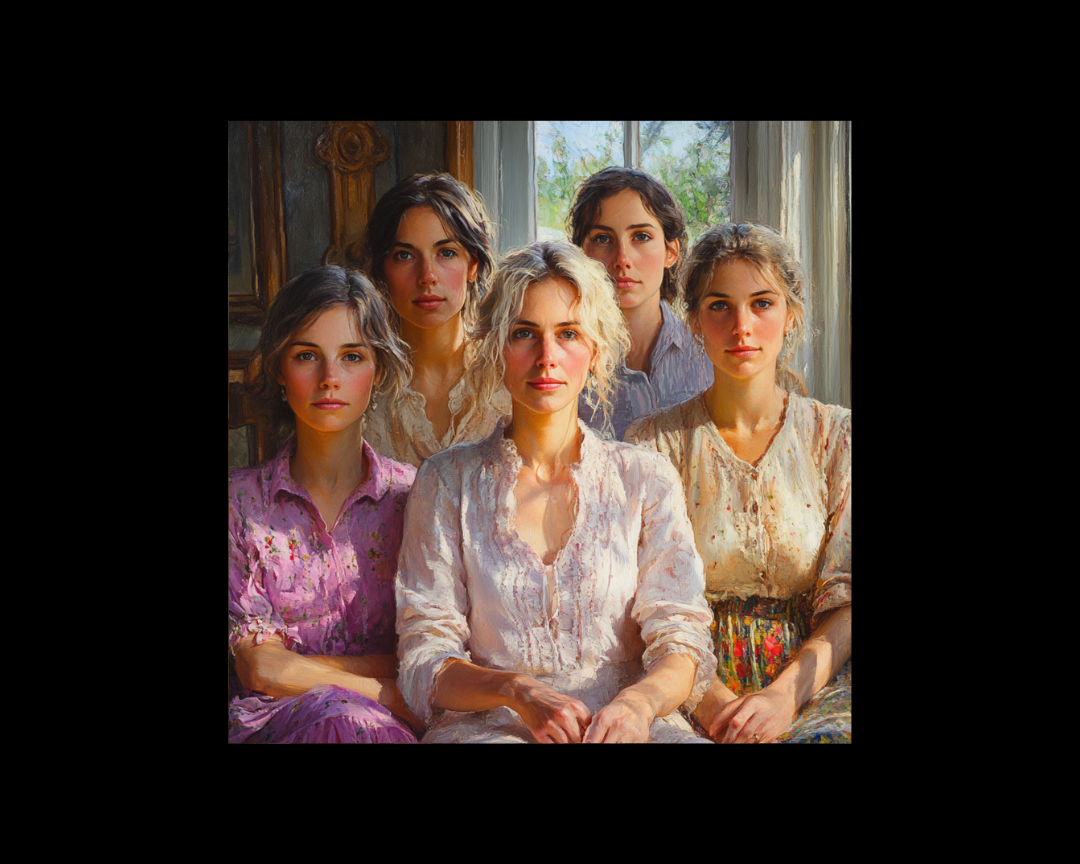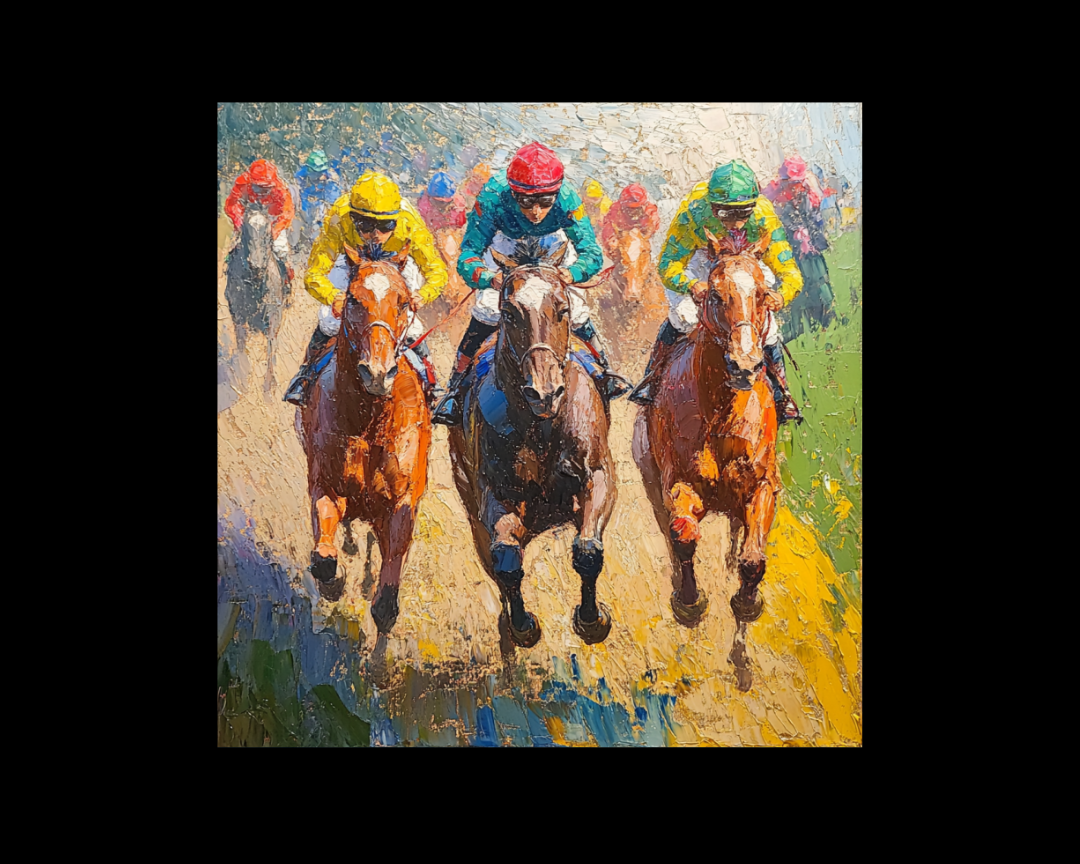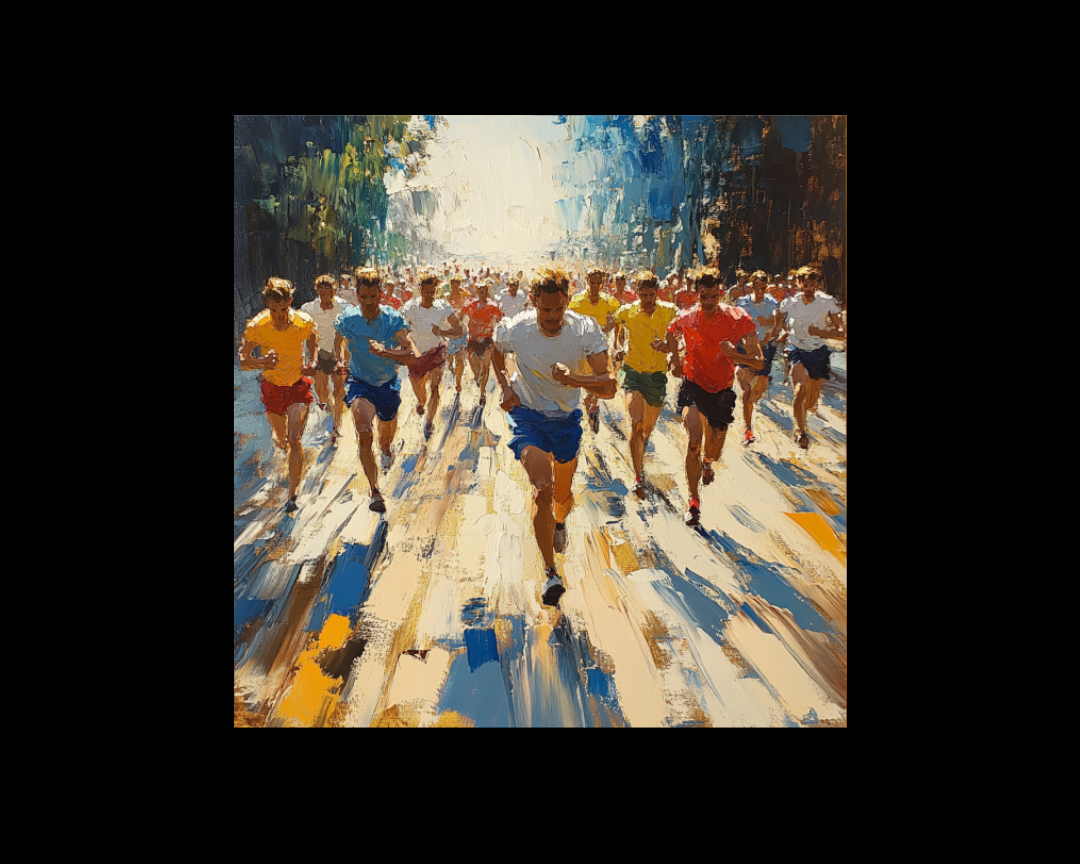Rethinking Women’s Fiction
The term women’s fiction is frequently used within publishing circles, but its definition remains elusive. While readers and booksellers increasingly...

Few elements can swiftly transform a story as much as altering the narrative perspective from which it unfolds.
Just ponder this: recount the same tale from the vantage point of a first-person narrator, then switch to a different character's perspective.
Afterward, experiment with a third-person limited perspective, followed by the consideration of a completely omniscient narrator.
You can even venture into more avant-garde territory and contemplate how the story might sound from a second-person perspective.
What becomes evident is how the narrative's shape and the reader's experience are dramatically reshaped depending on the chosen point of view. It's not just about accessing the characters' thoughts; the narrative voice sets the tone for the entire novel.
But when is a first-person or third-person narrator the appropriate choice? Must it always be the main character serving as the narrator? If you switch perspectives, should we hear from all characters involved in the action?
"There are no facts, only interpretations." — Friedrich Nietzsche
Nietzsche's renowned quote can be valuable when contemplating the narrative perspective in your novel.
While you may begin with certain "facts" about your story's content—its characters, actions, and setting—considering the most engaging way these facts can be conveyed to the reader through narrative perspective is equally crucial.
In essence, the narrative perspective acts as the lens through which readers perceive the novel's facts. The art of playing with a narrative perspective dates back thousands of years.
Homer's "Odyssey" begins with straightforward third-person narration to depict relatively plausible events.
However, the narrative takes a fantastical turn when Odysseus starts narrating his own stories during a banquet, hoping to impress his hosts with tales of battling monsters.
This shift to first-person narration introduces an early example of an unreliable narrator, one who happens to have a reputation for dishonesty.
So, how do you determine the most suitable narrative perspective for your novel? Let's delve deeper into narrative perspective's various forms and functions, drawing insights from commissioning editors.
First-person narration is presented as if a character speaks directly to the reader, using pronouns like 'I,' 'me,' 'my,' and 'myself.' This style is exemplified in the opening lines of J.D. Salinger's "The Catcher in the Rye":
"If you really want to hear about it, the first thing you'll probably want to know is where I was born and what my lousy childhood was like."
Stories told in the first-person point of view possess an immediacy that brings readers up close and personal with the character. Readers witness events through their eyes, gain access to their thoughts and feelings, and may even discern their personality through their speech patterns and demeanor. First-person narration is often employed for unreliable narrators, where the reader is immersed in the character's mind rather than viewing events objectively.
If the emotive, subjective qualities of first-person narration align with your plot's needs, it might be the right choice for your story.
First-person narration is frequently used in coming-of-age novels like "The Catcher in the Rye" and is also popular in the young adult genre, as seen in works such as "Looking for Alaska," "Twilight," and "The Hunger Games." It is suitable for character-driven novels of any genre.
This narrative form offers limited insight into other characters, making it perfect for creating tension and suspense, particularly in psychological thrillers like "Before I Go to Sleep" and "In a Dark, Dark Wood," where information can be withheld from the narrator and reader, allowing for plot twists and heightened drama.
Finn Cotton, Crime Editor at Transworld, notes the prevalence of first-person narration in psychological thrillers:
"We are still seeing a trend towards psychological thrillers that use first person. These books often have an unreliable narrator who withholds information from the reader."
First-person narration, with its intimate access to a character's thoughts and emotions, is also favored in romance and women's fiction genres, exemplified by works such as "Bridget Jones's Diary," "It Ends With Us," and "Outlander."
Emily Kitchin, Women's Fiction Editor at HarperCollins, emphasizes its use in romantic comedies:
"These books, especially those currently being recommended on TikTok, are more likely to be first person point of view, or perhaps an alternating male and female point of view, which can work well for a romantic comedy. I love first-person for this genre and feel you can get in the character's head and get to know them better."
First-person narration can also be incorporated within diary entries, emails, and letters, either sparingly or as the primary narrative form. Examples include "Howard's End," "On Beauty," "The Colour Purple," "The Diary of Adrian Mole," "The Appeal," and "Dracula." This approach further restricts the point of view, intensifying certain dramatic effects such as suspense, humor, or emotion.
When considering this form of first-person narration, weigh the advantages and disadvantages it may bring to your novel.
Careful consideration is necessary when selecting a child as your first-person narrator. Striking the right balance between a narrative voice accurately portraying the character's age and one that sounds genuine on the page can be challenging.
Children inherently have limited access to and comprehension of the world and other characters, which may not suit your plot. Additionally, narrating in a child's voice or attempting to transcribe an accent can be intricate tasks. Vernacular should be used sparingly, as overuse can be distracting, clumsy, or offensive.
Narratives told from the perspective of a deceased narrator, where the ultimate fate is known, can also pose challenges, although historical fiction frequently employs this technique.
Opting for the first-person perspective doesn't necessarily mean limiting yourself to one character's viewpoint. Employing multiple first-person narrators with alternating chapters can provide diverse interpretations of the story's events, creating dramatic irony.
For example, Barbara Kingsolver's "The Poisonwood Bible" employs multiple voices, each characterized by distinct prose styles and idiosyncratic turns of phrase.
This approach may be ideal if your story features a large cast of characters and you seek intimacy or concealment. Psychological suspense novels, including "Gone Girl" and "The Girl on the Train," effectively use two or three alternating perspectives. Emily Kitchin notes the rising popularity of first-person, multi-perspective novels in various crime and thriller genres.
Whereas first-person narration can be considered "internal," third-person narration is "external" to the characters, describing their actions and thoughts using third-person pronouns like 'he,' 'she,' 'they,' 'him,' 'her,' and 'them.' Third-person narratives have been favored for centuries, from fairy tales to classic novels by authors like Charles Dickens, Leo Tolstoy, and George Eliot.
There are two primary forms of third-person narration: "close third" (or "third person limited") and "omniscient" narration. Let's explore each of these perspectives in more detail.
Close third-person narration conveys events from one character's perspective, maintaining a distance between the reader and the character while providing insight into their thoughts and voice. This perspective allows for a separate prose style unrelated to a character's voice. This form can create emotional detachment and elusiveness in your narrative.
Close third-person narration is a versatile choice, commonly used in contemporary and classic literature. It is often preferred for sci-fi novels set in unfamiliar worlds, such as dystopian classics like "Do Androids Dream of Electric Sheep?" This perspective enables authors to show a character's experience while providing subtle context that may feel forced in a first-person narrative.
Omniscient narration is a third-person perspective in which the external narrator possesses all-encompassing knowledge, offering insights into different characters' thoughts, experiences, and points of view. The narrator can impart knowledge outside the characters' awareness, a technique frequently used by classic authors like Jane Austen.
Third-person omniscient narration is useful for novels with large canvases, such as multigenerational sagas. Although this style has a tradition in classic literature, it is less common in contemporary fiction due to its potential to sound old-fashioned.
Handling multiple points of view within a chapter in omniscient narration can be challenging and may result in reader disorientation. Consequently, many contemporary authors opt for close third-person or limited perspectives.
Second-person narration employs second-person pronouns ('you'). While rare in novels, it may appear in specific passages, often lending itself more to short stories, poetry, and self-help non-fiction.
Second-person narration provides intimacy while maintaining a sense of detachment, making it more common in short stories and poetry. When considering this unusual style, ensure it doesn't overwhelm the narrative or distract from the plot.
In conclusion, narrative perspective varies across genres, with each mode offering distinct advantages. Editors appreciate the versatility of all narrative perspectives from skilled writers.
Ultimately, your choice should align with your story's objectives. Consider how it sheds light on your characters, conceals their secrets, enhances dramatic tension, or provides context to your world.
Ask yourself whether you must present multiple sides of the story or if one character is the driving force.
The decision is yours, but analyzing your favorite narratives and understanding why they work can guide you toward the best choice for your novel.

The term women’s fiction is frequently used within publishing circles, but its definition remains elusive. While readers and booksellers increasingly...

Writers obsess over perfect beginnings, crafting elaborate world-building and character introductions like Victorian novels still ruled the literary...

Pacing is a critical element of storytelling, whether you're crafting a novel, short story, screenplay, or even creative nonfiction. The way your...